An Internet Bestiary
Here begins our book on the nature of beasts — of unicorns and clouds, and other things found roaming the blogs and articles of the Internet. For each, we have summarized its key features, strengths, and weaknesses. We’ve also linked each to an Archetype, as an aid for those more familiar with the liberal arts than computer technologies — and to help us better place it in the context of our cultural heritage.
IoT

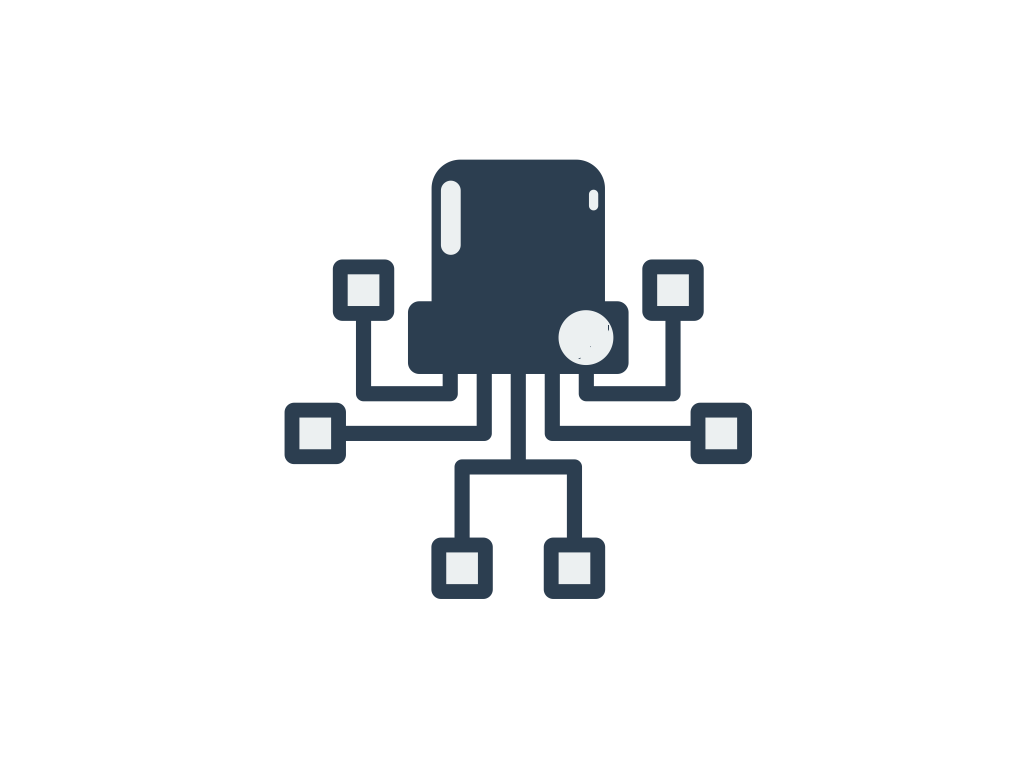
One day, all the objects in your home — from printers, to refrigerators, to toilet paper dispensers — will have learned to communicate with each other. It’s the resulting network that we call the Internet of Things, or IoT. Limited not just to our living rooms and bathrooms, however, IoT may mean the friendship of all objects, in all places, and it will have as big an impact on industry and commerce, as it will have on our domestic lives.
Superpower. Smart dispensers mean Amazon will know you need toilet paper a day before you do.Weakness. This information may also find itself in unexpected places — perhaps even in the smart dispensers at the NSA.Archetype. Skylla, whose many nimble arms kept it from suffering from hunger.
King Content


Content is said to have become king in the early days of the Internet. Perhaps, though, he only really came into his own when search engines became our primary means of navigating it.
He is most popular among marketers who believe in his power to engage — to communicate authentically with customers — and that, by creating something good for others, good will come to them. More cynical observers disparage his skillset, saying its primary virtue lies in its ability to attract search engine robots.
Still, he may be the oldest Internet cryptid on this list, his youth spent in John Deere catalogs going as far back as 1895. And he has, among their boosters, none other than King Software himself.
Superpower. Good content lasts for ever, and it can be reused over and over again.Weakness. His works are easily copied, and even overcome by, derivative versions. It seems even the original essay by Bill Gates is nearly impossible to find.Archetype: King Croesus, whose wealth meant less to him than his reputation.
Unicorn

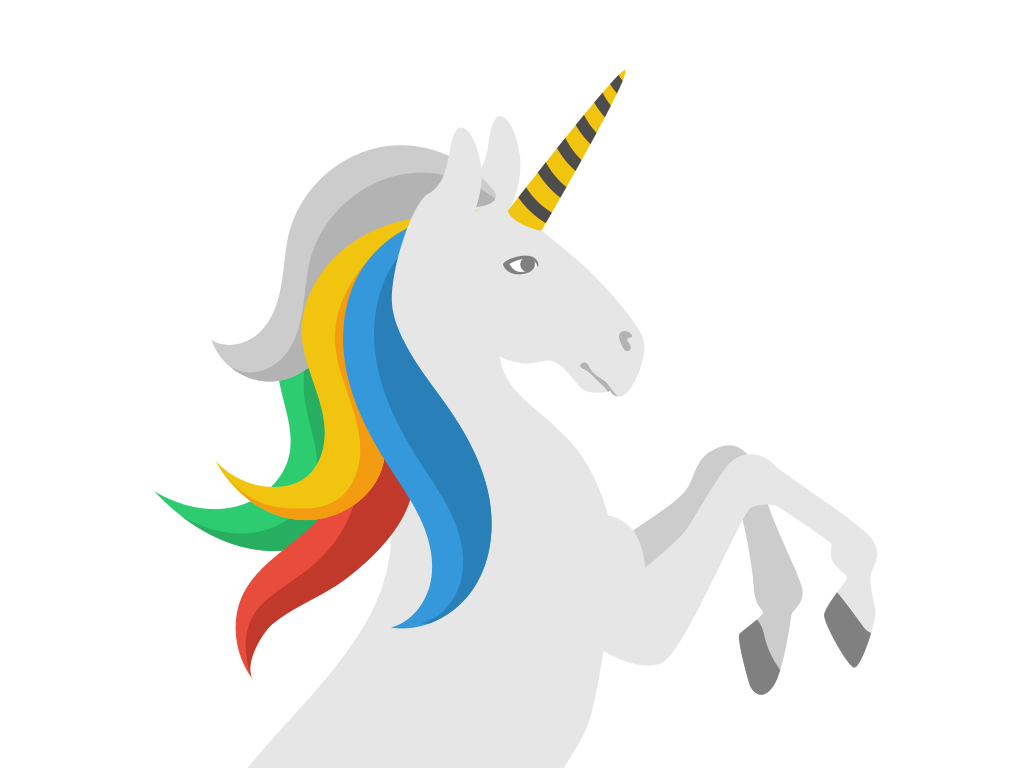
Once found only in Arthurian forests, the unicorn is now observed among the most visible companies in the world. Still, it remains among the shyest of creatures, seldom revealing its form to the public until it has become far too powerful to tame or control.
Superpower. One billion dollars in projected capital.Weakness. Not even unicorns can see the future.Archetype. The Unicorn in Captivity.
The Cloud

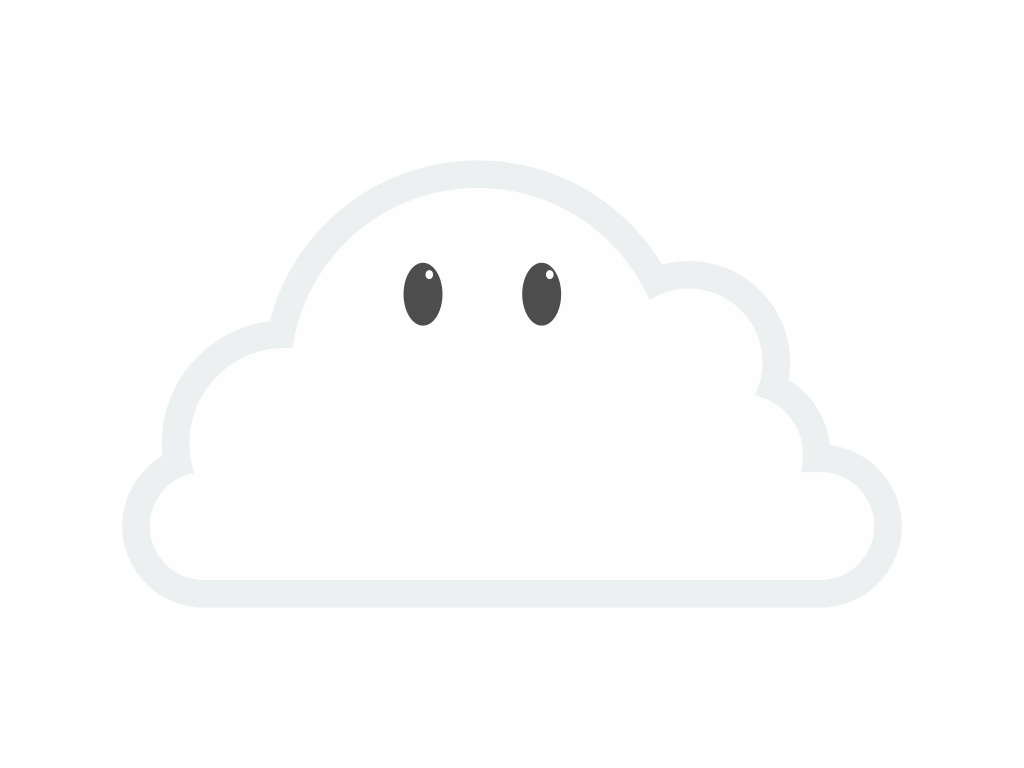
For those who can remember the age of 3.5 inch floppy disks, cloud computing felt nothing short of miraculous when it first arrived. You created a file on one device, and then it appeared on another device. All that was required was that you set up an account.
The cloud, however, is an illusion. In reality, it creates its image by means of a number of discrete processes to keep data syncing and sharing. Critics see the cloud as just being “‘someone else’s computer.’” Others see an industry worth hundreds of billions of dollars.
Superpower. Ubiquity, as long its end-users have Internet access.Weakness. Giant hard drives in the sky mean a set of security and privacy issues that users of 3.5-inch-floppy disks never had to contemplate.Archetype. Iris, who carried messages from the gods by means of a multi-colored user-interface design
Intelligent Edge

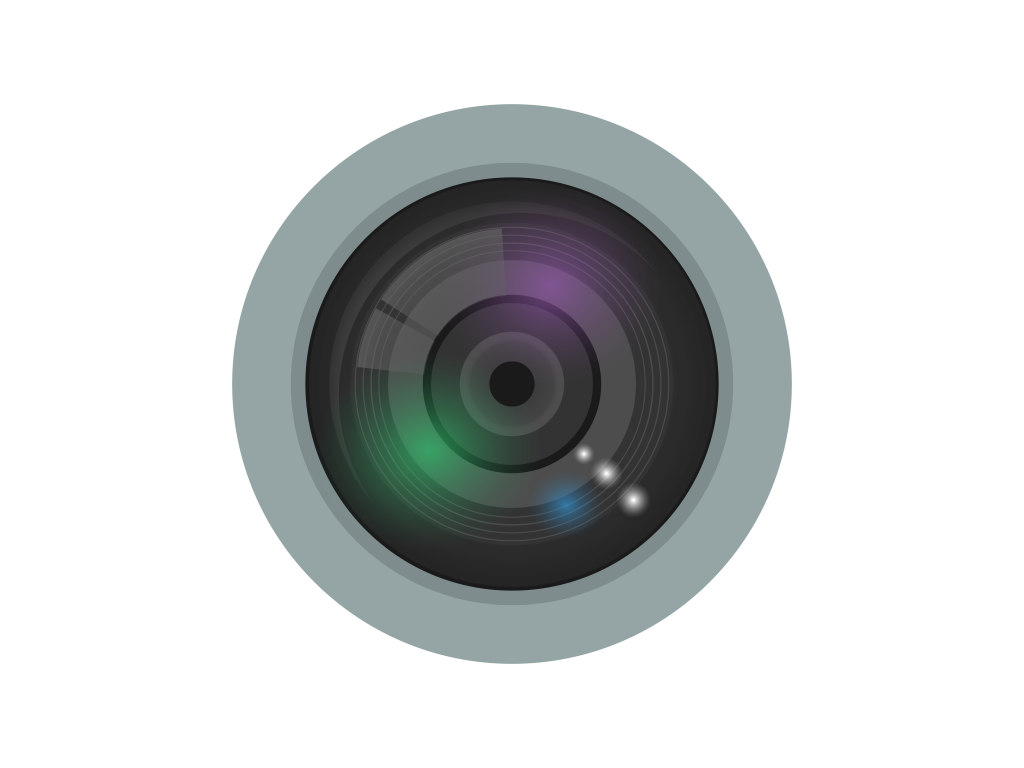
The Intelligent Edge promises to enhance the Cloud by bundling up much of its power and making it work on users’ local devices — that is, on the edge of the Cloud that is referenced above.
Its intelligence means it only needs to connect back to the Cloud’s central servers on occasion, and that it only needs to share a portion of its end user’s data. This improves security and privacy, and frees users from the need to always keep their devices connected to the Internet.
Detractors claim that edge computing ultimately can’t be as intelligent as the cloud’s central supercomputers, and often point to Siri as an example of the shortcomings of this edge model.
Strengths. Even more ubiquitous than the CloudWeakness. Not always so intelligentArchetype. Aeolus’ bag of wind, which, just as Odysseus was about to reach home, could no longer hold the sky together.
Blockchain

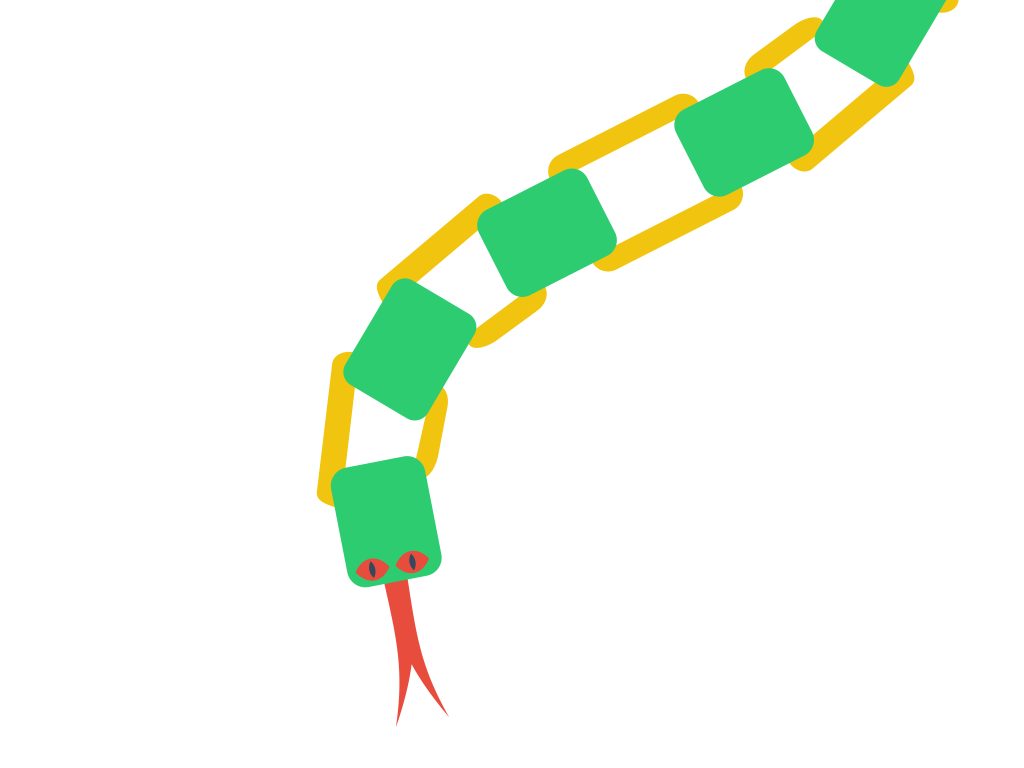
Blockchain most famously serves as the public ledger for Bitcoin and other cryptocurrencies.
Now, based on the expertise and confidence with which some people trade these assets, one might imagine that, at least among the investing public, understanding of blockchain technology was very high.
It turns out, however, that holding Bitcoin, and even mining it, is, in many cases, an act that requires faith — and the humility to say you don’t know what any of it is about.
Superpower. In its indestructibility, some say it will remake the foundations of the Internet.Weakness. It cannot make itself easily understood.Archetype. The Hydra of Lerna, whose heads never stopped growing.
Dark Data


Dark Data came into being because, like the proverbial book lover who buys more books than he reads, organizations collect more data than they can organize or analyze. It’s believed that future computing systems will allow us to put this data to a more useful purpose. In the meantime, companies continue to keep and add to it, such that it continues to grow in size and darkness.
Superpowers. In theory, could hold the secrets to the universe itselfWeakness. Most of it is no doubt boringArchetype. Nyx, the mother of both Sleep and Dreams
